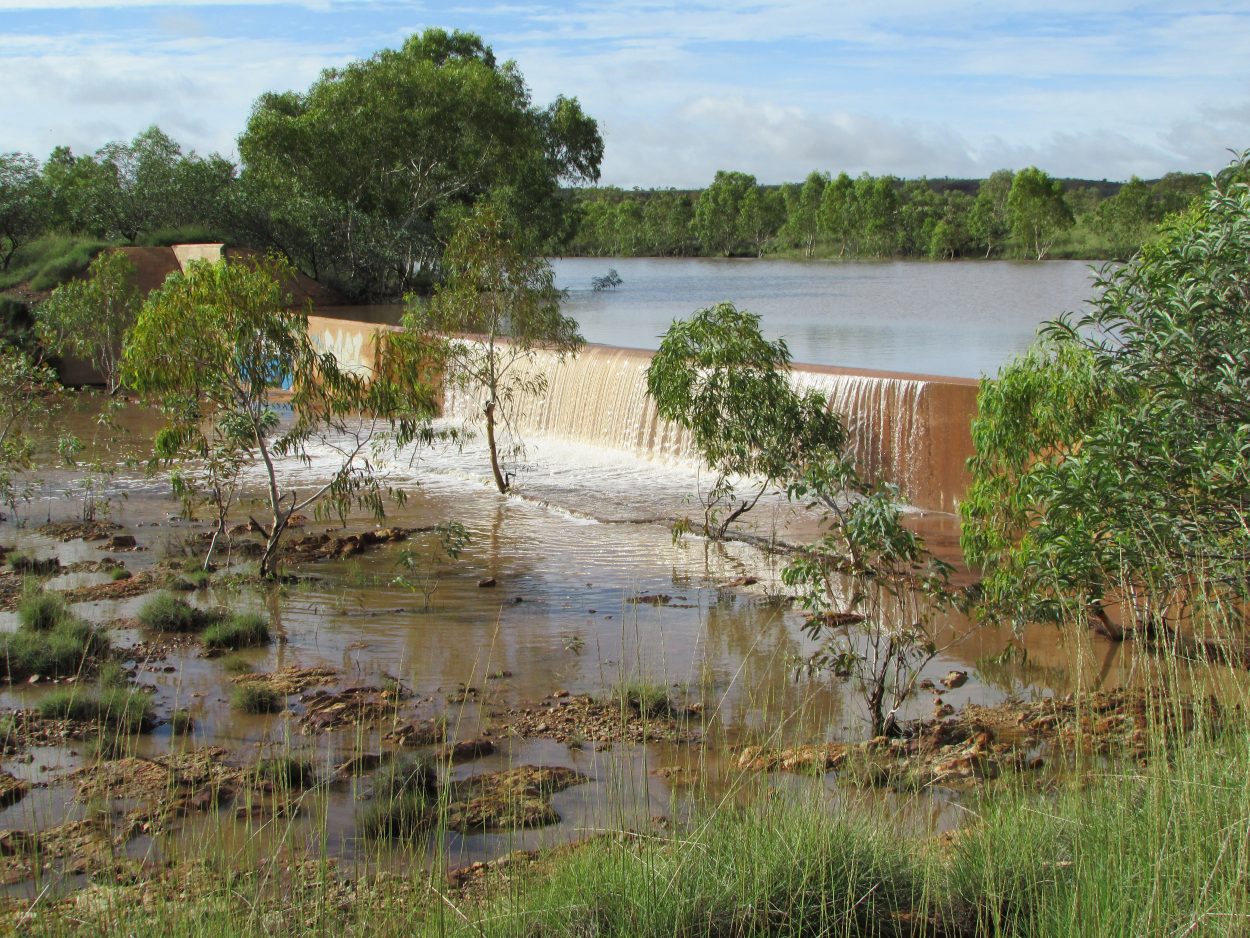Tennant Creek & LA Meetings
This remote Northern Territory town has been shaped by Aboriginal culture, gold mining and pastoralism.
“The Patta Waramungu people were the first Indigenous group in Australia to negotiate a Consent Determination and Indigenous Land Use Agreement, which recognised their Native Title rights and interests within a Township. The Federal Court of Australia handed down the judgement on September 3rd, 2007.” Patta Aboriginal Corporation
Tennant Creek is a remote Northern Territory town shaped by Aboriginal culture, gold mining and pastoralism. The surrounding area is called the Barkly Tablelands, a region characterised by wide grassy plains, endless blue sky and massive cattle stations.
The traditional owners of the area surrounding Tennant Creek are the Waramungu people living on Patta land. Their culture is very much alive and well, with their stories showcased in the Nyinkka Nyunyu Art & Culture Centre. Nyinkka Nyunyu is an Aboriginal sacred site in Warumungu country. By chance the town of Tennant Creek grew up around the home of the spiky tailed goanna, a powerful Wirnkarra or ancestral being. The rocks are situated in the Nyinkka Nyunyu Art & Culture Centre next to the Stuart Highway which passes through the middle of the town.
History: European history in this area began in 1860 when explorer John McDouall Stuart passed this way on his unsuccessful first attempt to cross the continent from south to north. He named a creek to the north of town after John Tennant, a financier of the expedition and a pastoralist from Port Lincoln, South Australia.
Tennant Creek was the site of Australia’s last gold rush during the 1930s, and at that time was the third-largest gold producer in the country. The town was located 12 km south of the watercourse as the Overland Telegraph Station had been allocated on an 11 km reserve.
An important contributor to the early history of Tennant Creek was Mrs Weaber, wife of the blind owner of the Rising Sun Mine, one of the richest mines in the district before World War II. She set up the Christmas Tree event which still continues to this day. In 1940, the Weaber family sold Nobles Knob, which went on to become the largest open cut mine in Australia. It ceased production in 1985, and the last mine closed in 1999.
Attractions:
Telegraph Station: The Overland Telegraph, which once linked Melbourne to London, was constructed in the 1870s and forged a corridor through the middle of the continent, which the Explorer’s Way and Ghan train now travel. A temporary building for a telegraph repeater station was erected near the watercourse of Tennant Creek, 11km north, of the town, in 1872.
Battery Hill Mining Centre: The town’s goldmining history is on display at the mining centre. Battery Hill, which overlooks the town of Tennant Creek, is also the site of one of the last two operating 10-head stamp batteries, a government-owned ore crushing machine.
Karlu Karlu (Devil’s Marbles): This is the region’s most spectacular landmark with thousands of huge, precariously balanced boulders, about 114km south of Tennant Creek. The traditional Aboriginal people believe that these boulders are the eggs of the Rainbow Serpent from the Dreamtime.
Kunjarra (The Pebbles): An outcrop of granite boulders, 11km north of Tennant Creek. They are called Kunjarra in Warumungu. Known as the smaller relatives of Karlu Karlu, the Pebbles are a sacred site.
Services: Barkly Regional Council HQ and municipal depot
Infrastructure: Purkiss Reserve Skate Park - October 2014, Purkiss Reserve Football Change Rooms – July 2015, Tennant Creek Swimming Pool – November 2015, Tennant Creek Child Care Centre Grounds upgrade, Purkiss Reserve CCTV, Regional Economic Infrastructure.

